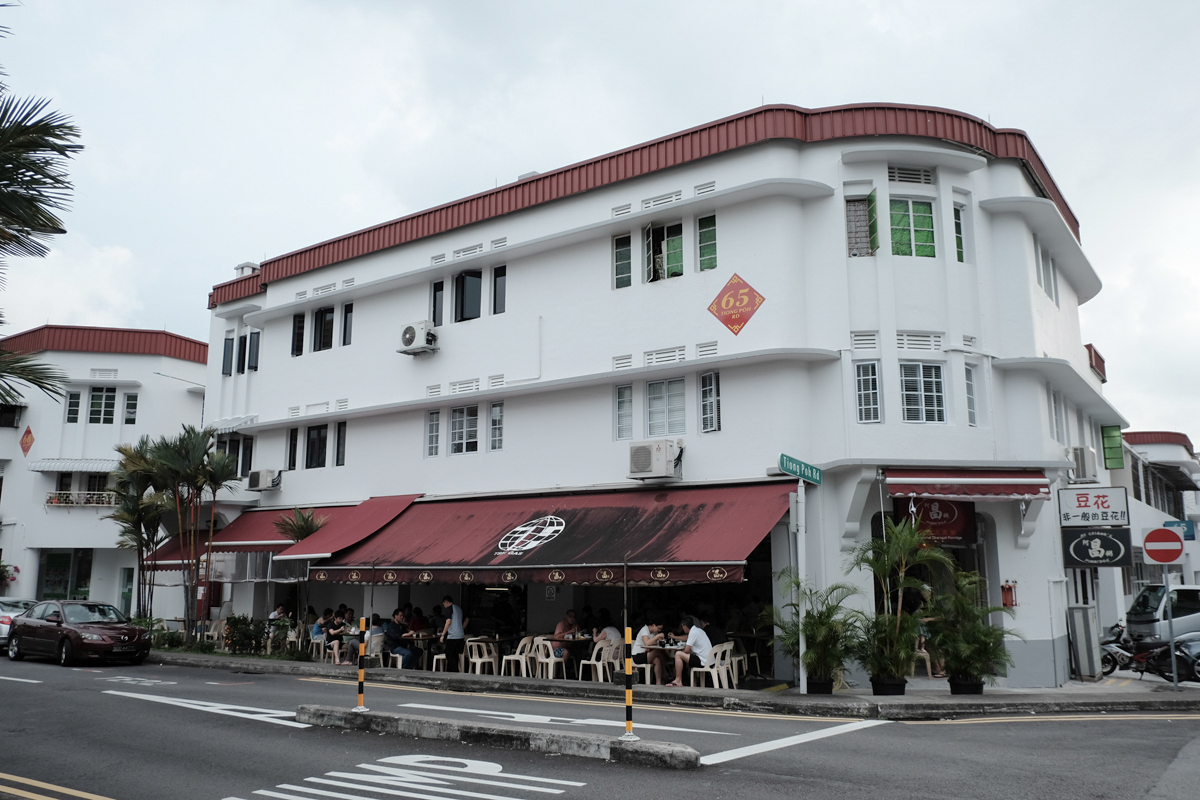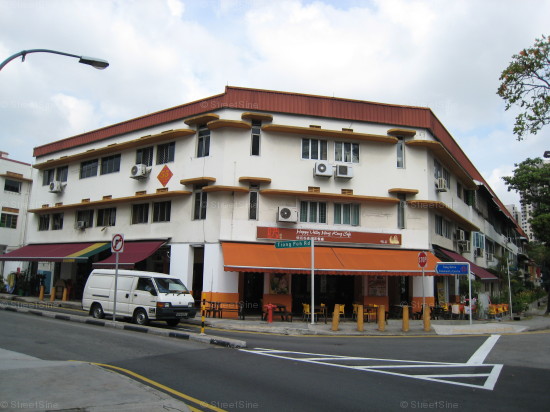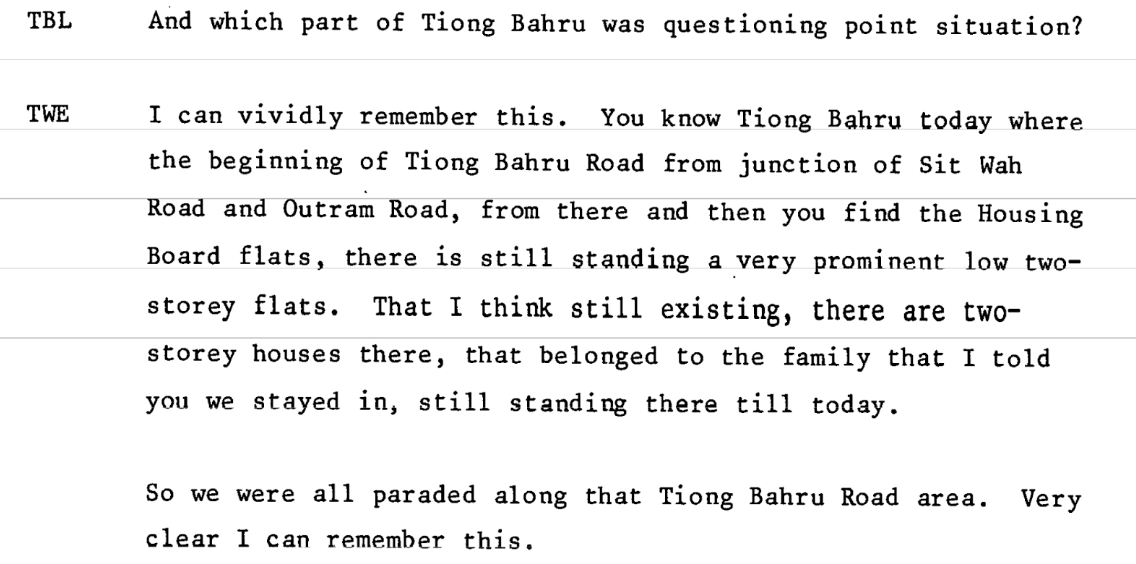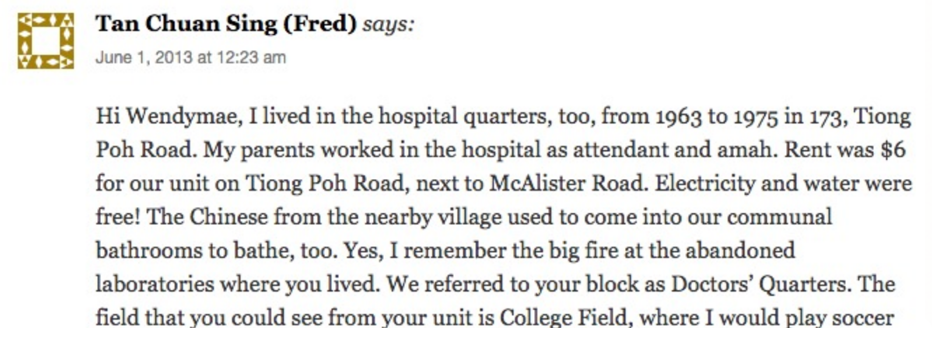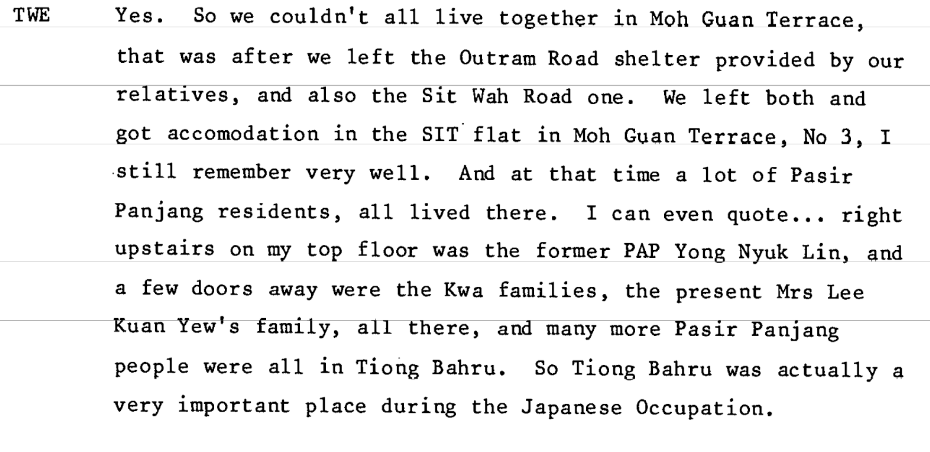You might have heard of this Tiong Bahru trail that is quite comprehensive, because, well, heritage.
But to elderly residents, the Tiong Bahru we know is different from the one they live in, with history tucked away in unassuming, everyday places of this 154-year-old estate.
Here’s the #TiongBahruLang Heritage Trail to relive these memories.
1. The 1960s quintessential Singapore coffeeshop experience
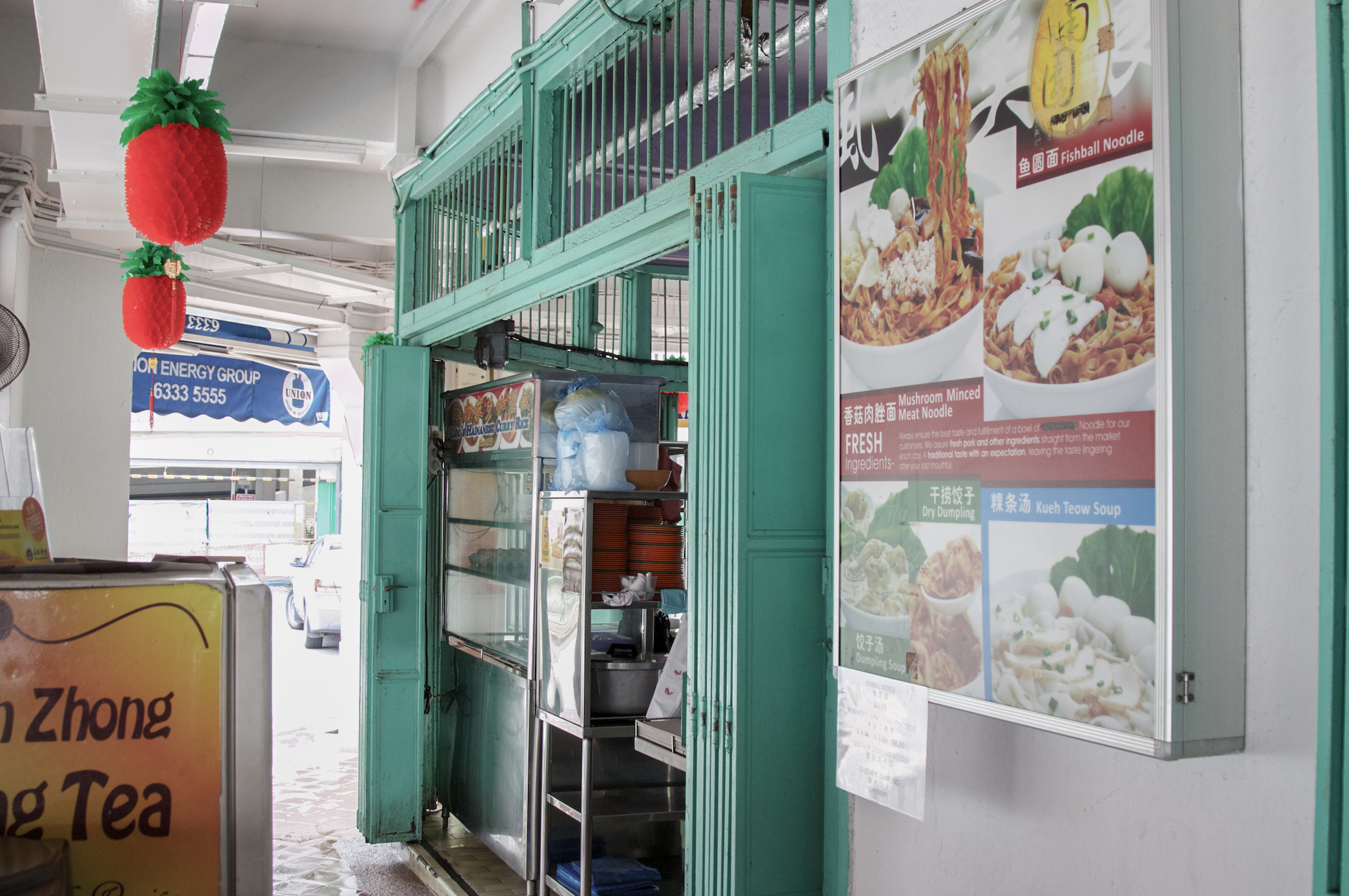
While the food stalls are recent additions, the Tai Kwang Huat coffeeshop at 71 Seng Poh Road that houses them is half a century old.
The interior remains largely unchanged -- only the wooden plank shutters and the flooring were replaced, according to owner Mr Wong (affectionately known as Ah Pui).
The turquoise railing that goes around the storefront, for example, is part of the original fixtures.
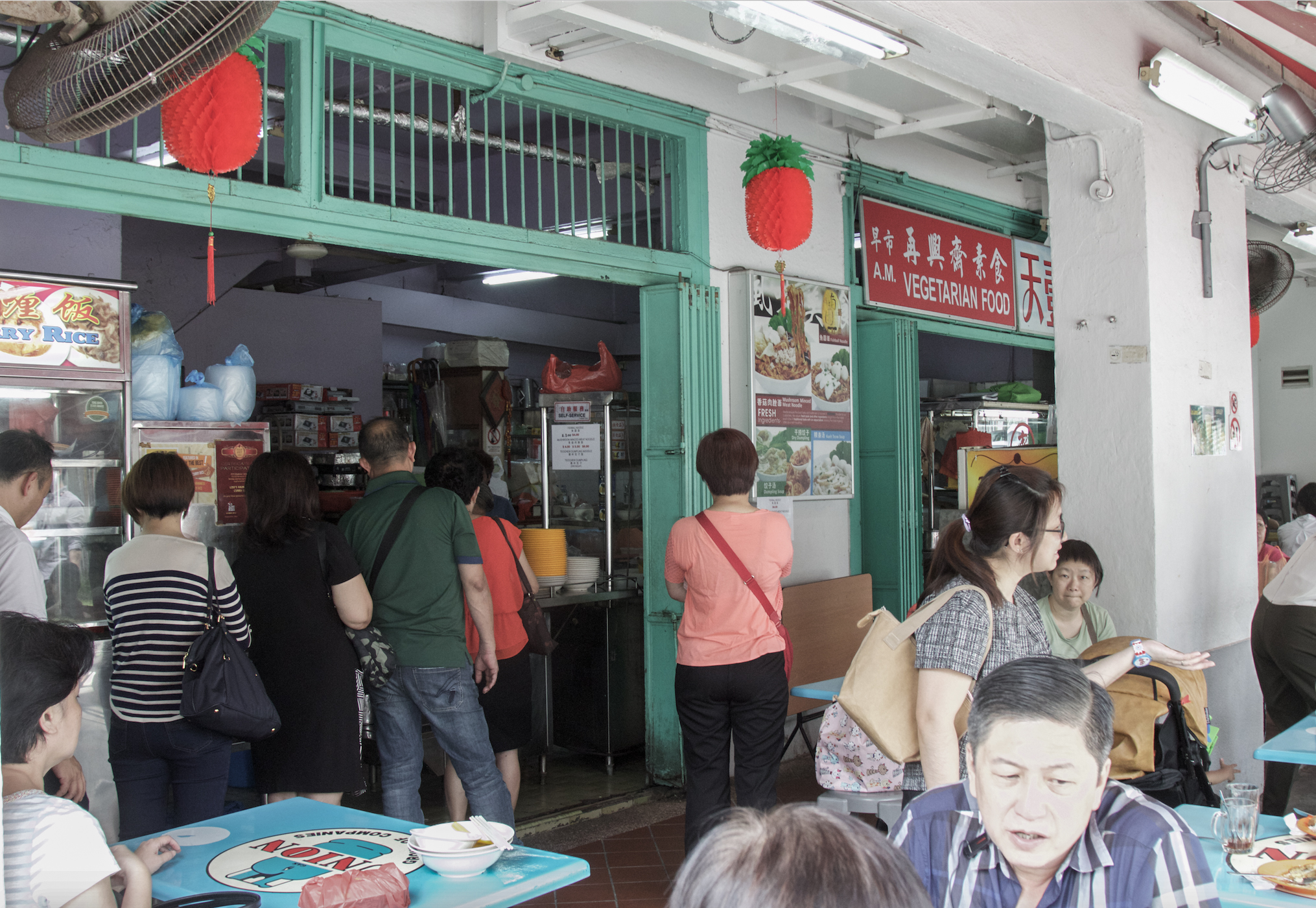
Why have a latte in a cafe when you could be here sipping Kopi?
2. The dark past behind Singapore’s oldest block of flats
Few are aware that Block 55 along Tiong Bahru Road was perhaps the first ever block of flats to be built in Singapore in 1936.
A lesser-known fact? Block 55 was the site of the Sook Ching screening process in Tiong Bahru during WWII.
Sook Ching screening was apparently less stringent in Tiong Bahru -- due to a more compassionate group of officers who oversaw the operation.
Regardless, Chinese males who did not pass the screening were singled out for execution in various mass graves around Singapore.
Unlike Hong Lim Complex which houses a Sook Ching memorial, this bit of historical trivia would have been otherwise lost, if not for the accounts of old Tiong Bahru residents.
3. Repurposed garages
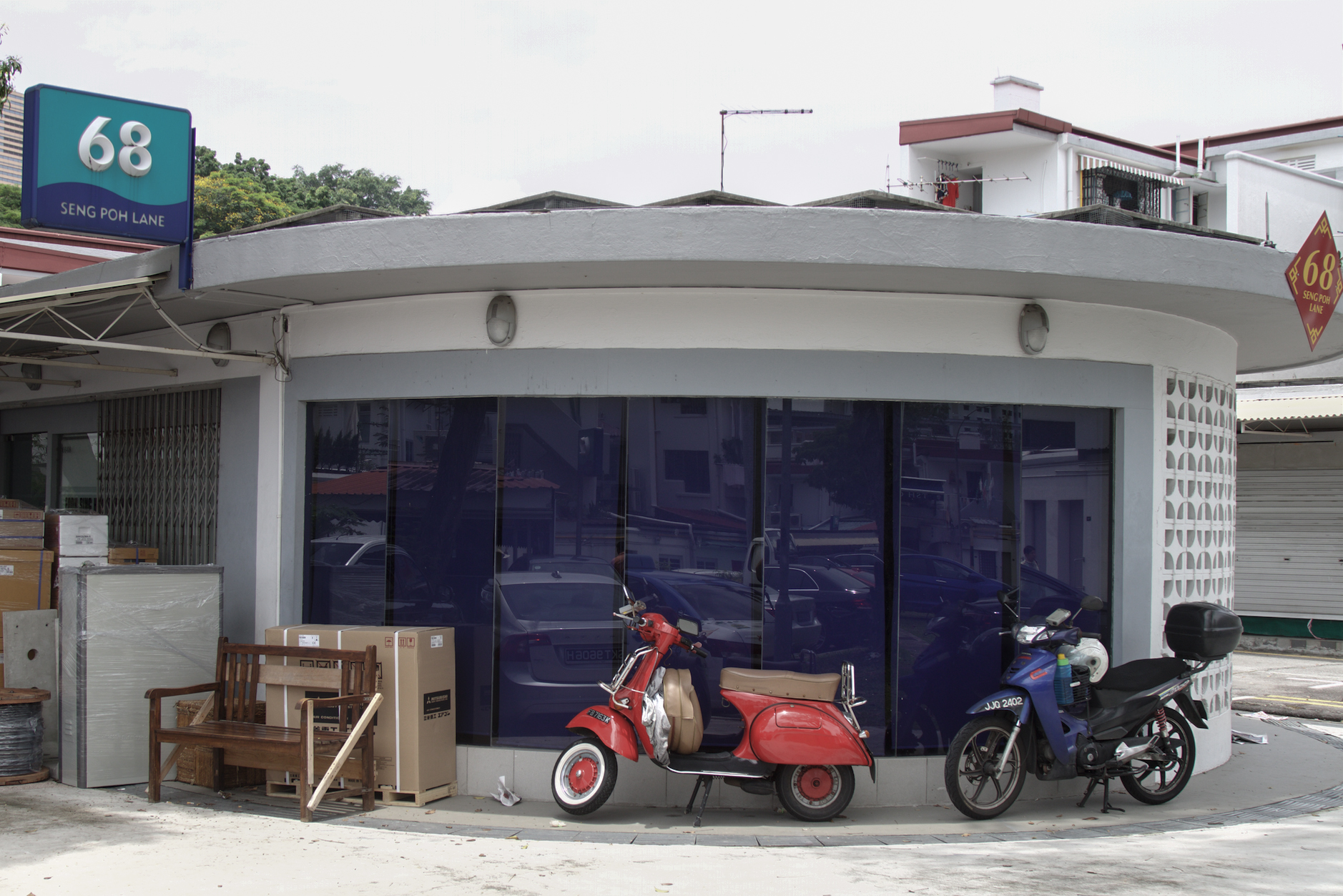
Against the backdrop of Tiong Bahru’s unique architecture stand two unassuming structures in the carpark at 68 Seng Poh Lane. Longtime residents will recall that they used to be garages for the rich -- the curved exterior being the entrance.
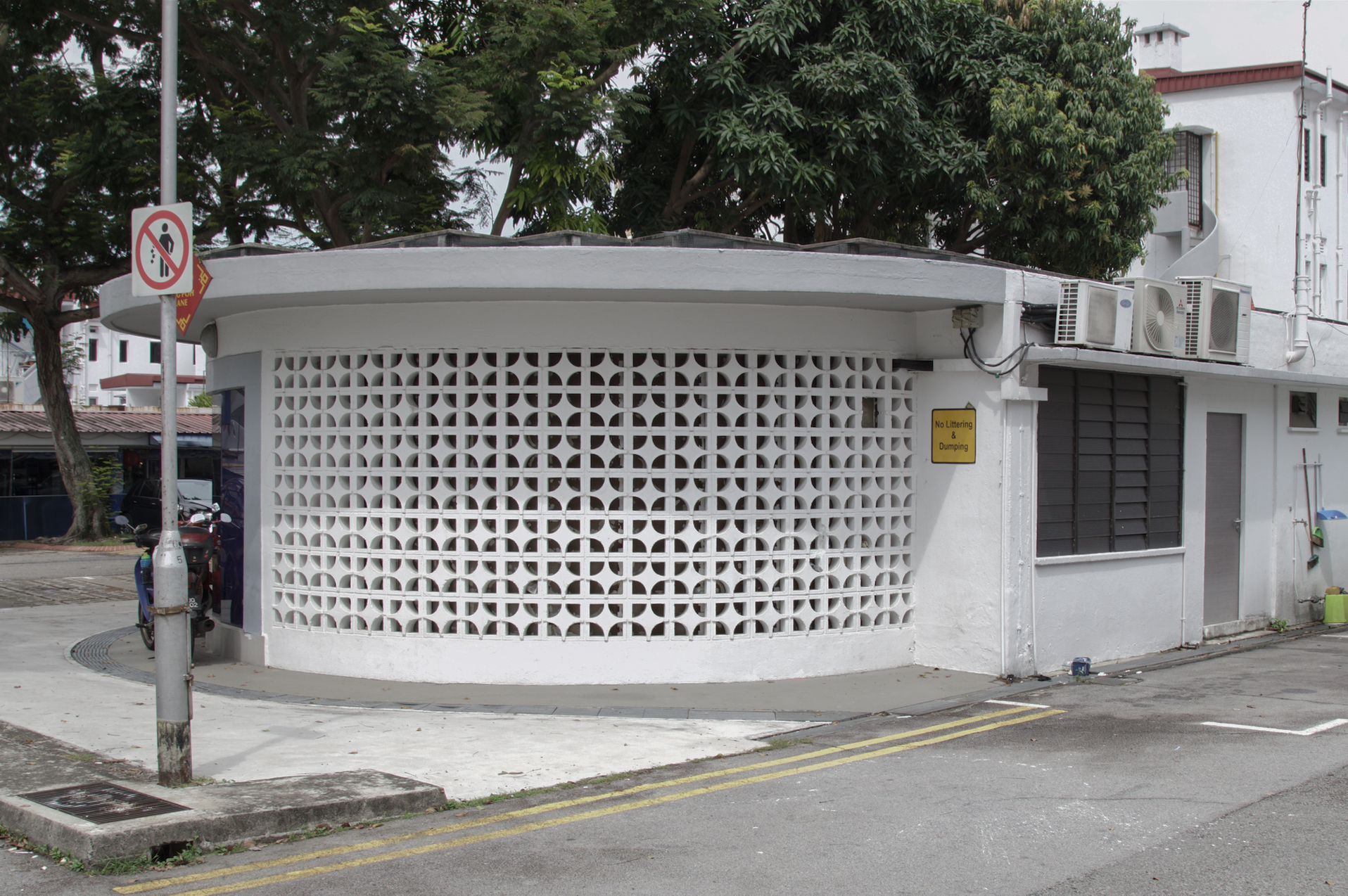
While everybody gets access to sheltered carparks today, these structures are a reminder of how that used to be a privilege reserved for the rich. At least in this carpark.
4. The forgotten hospital quarters
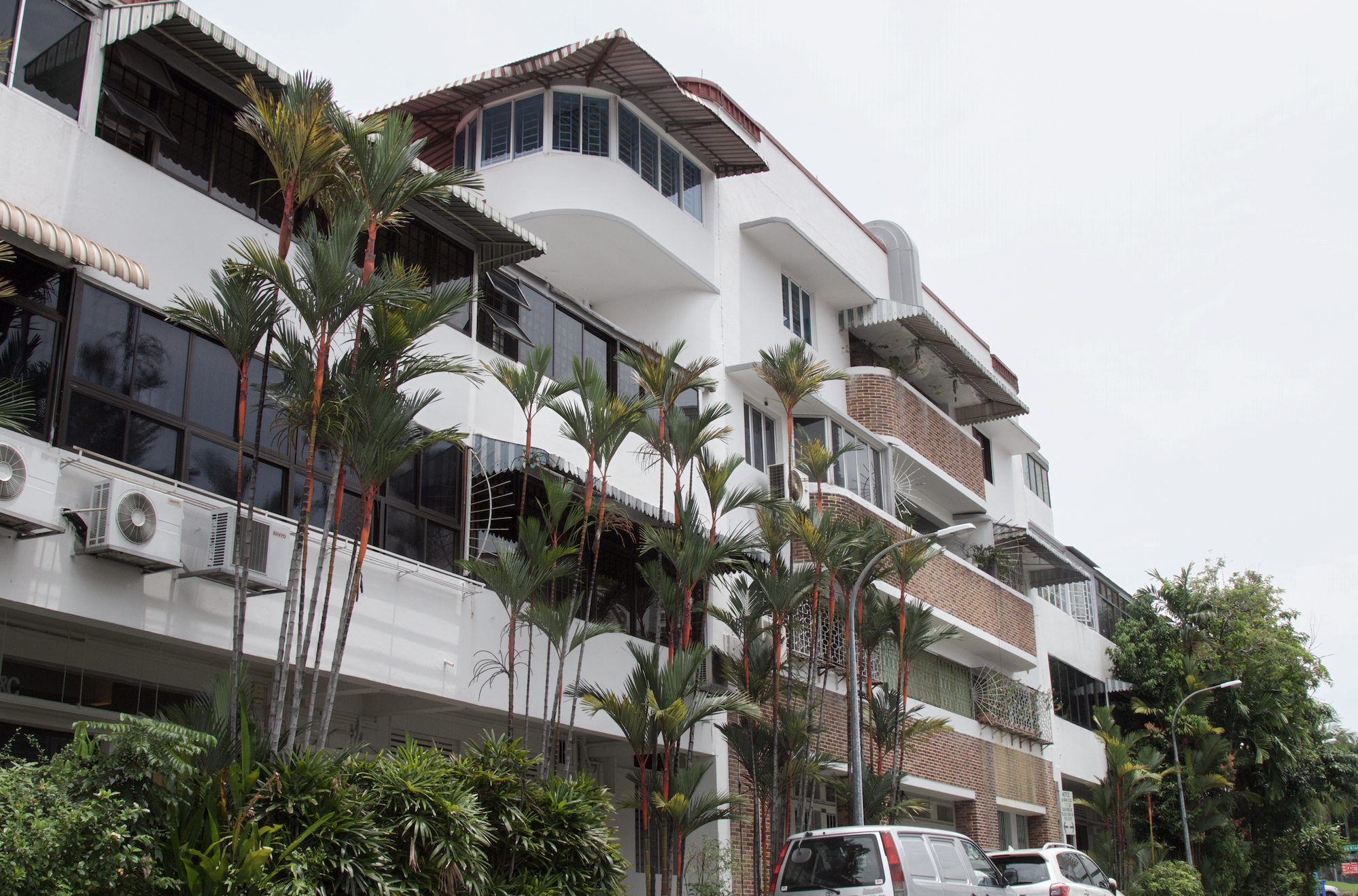 Flats along Tiong Poh Road.
Flats along Tiong Poh Road.
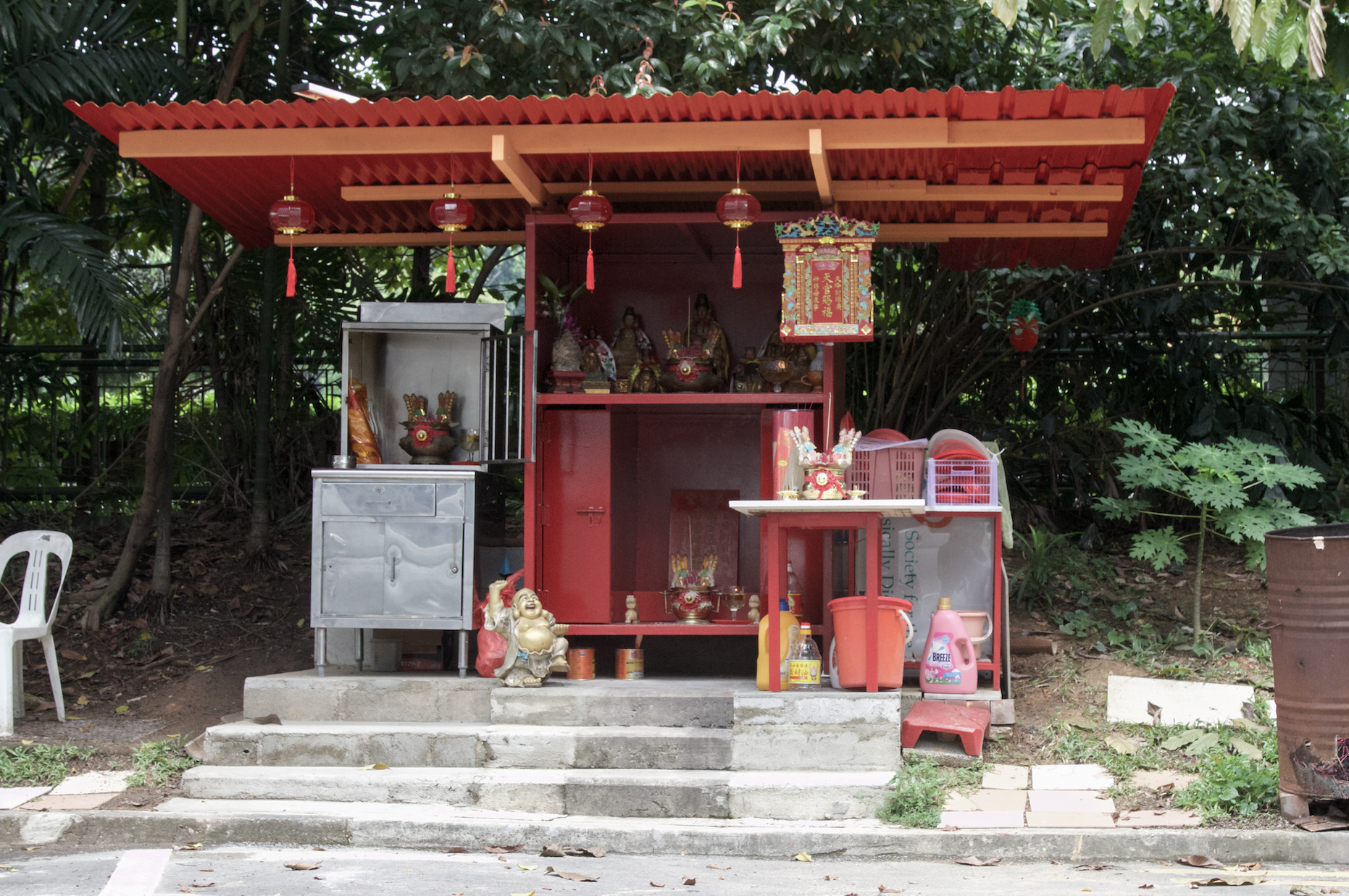 Altar on Tiong Poh Avenue by the foot of a slope that used to be a small hill,
Altar on Tiong Poh Avenue by the foot of a slope that used to be a small hill,
atop which supposedly was the hospital quarters.
Not many remember the existence of a hospital quarters, built in the early 1940s to house “menial staff” from SGH.
Resident accounts and newspaper archives indicate that the compound was atop a small hill at the end of Tiong Poh road, both of which were removed to make way for the Central Expressway.
Simply referred to as “hospital quarters in Tiong Poh Road”, the existence of the 200-room compound remains on record thanks to a handful of murder cases -- the most unusual being a hospital amah who murdered her one-year-old daughter.
5. The most influential block in Tiong Bahru, ever
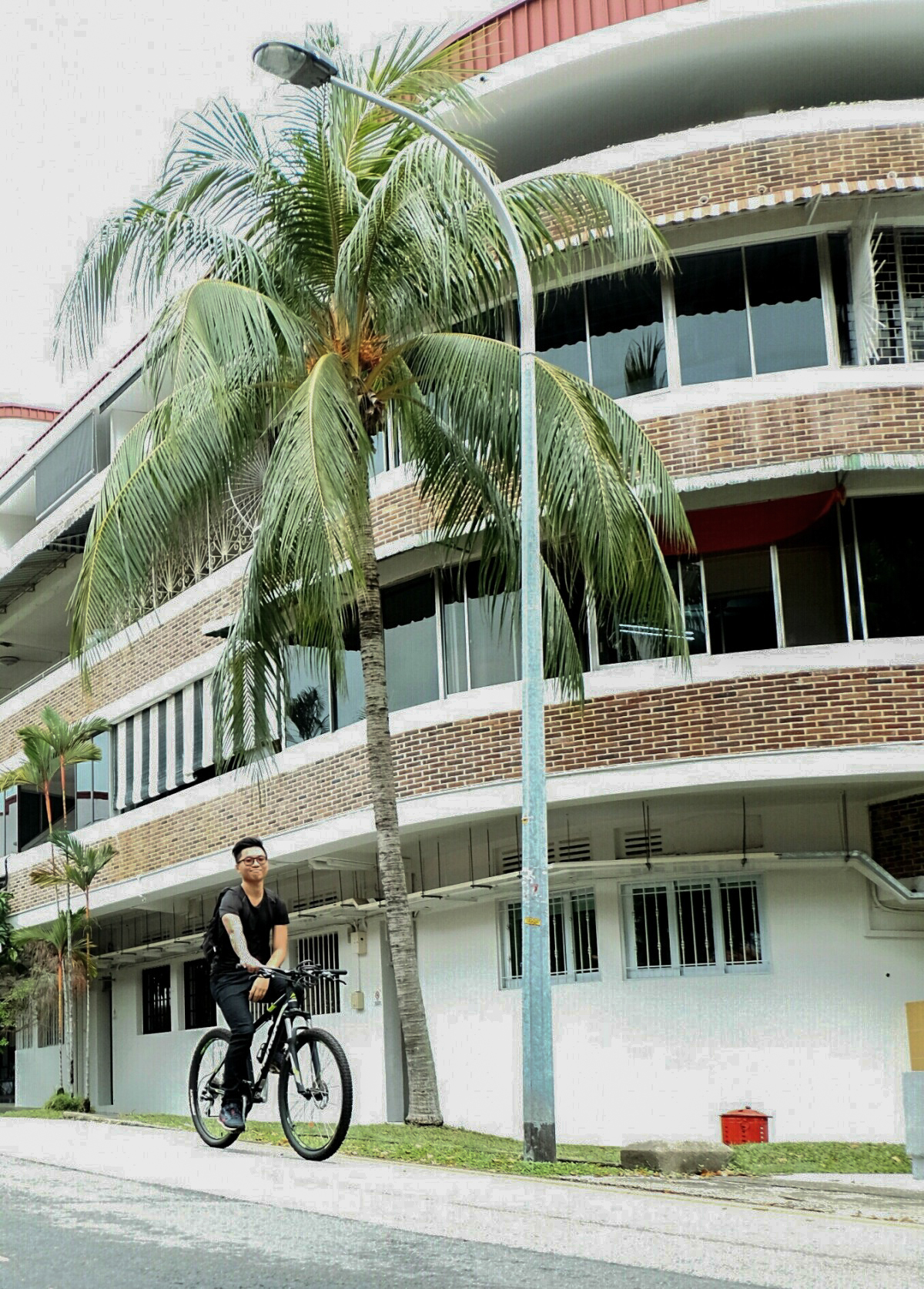 Moh Guan Terrace, known to most for its air raid shelter and as a rustic photospot
Moh Guan Terrace, known to most for its air raid shelter and as a rustic photospot
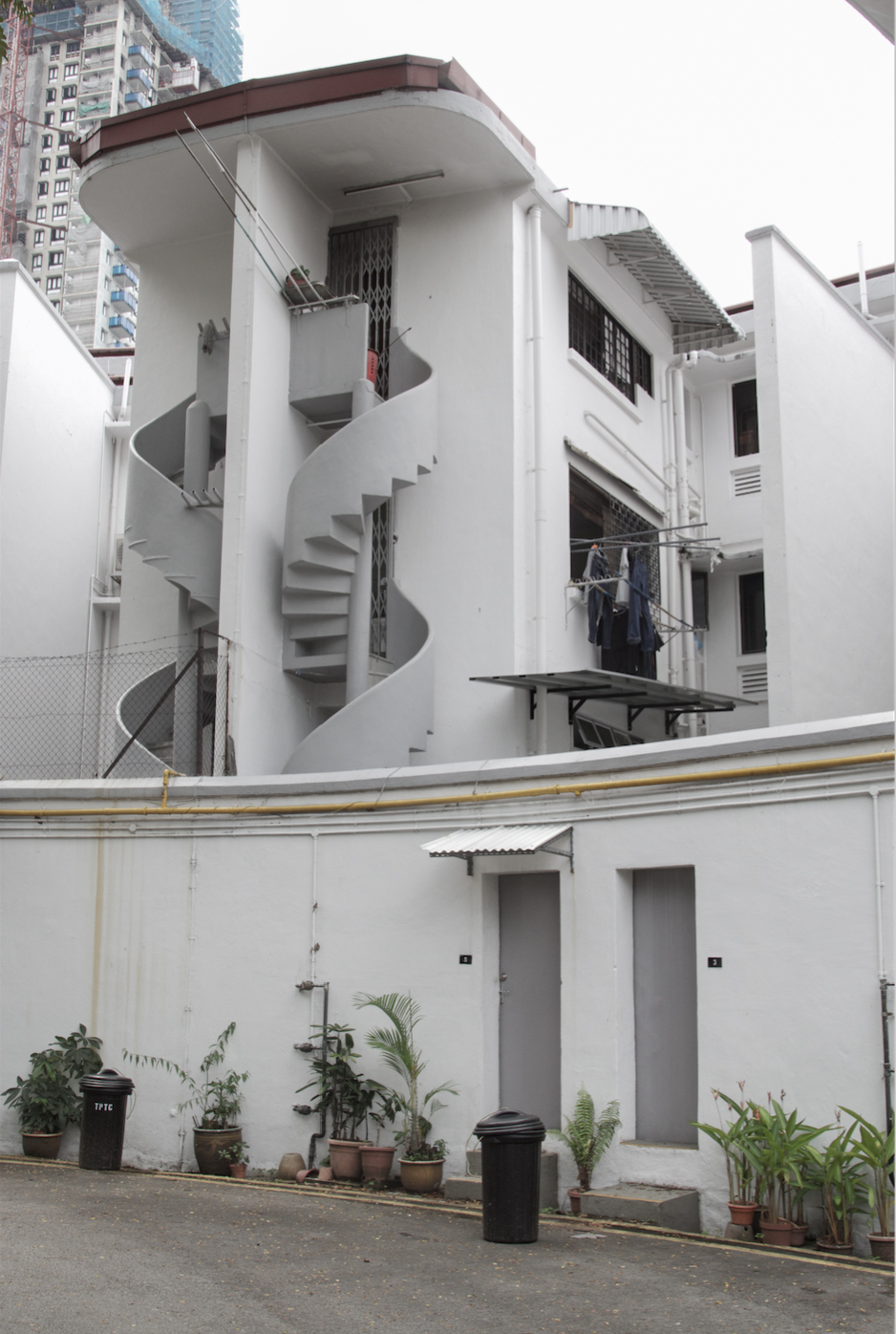 Moh Guan Terrace, seen here from the carpark
Moh Guan Terrace, seen here from the carpark
Upon completion of Moh Guan Terrace in 1940, people from the overpopulated Chinatown and Outram areas poured in.
Of these new residents? A particular Tan Wee Eng, who became neighbours with Yong Nyuk Lin, member of Singapore’s first cabinet, and a certain Kwa Geok Choo.
Almost impossible to tell Moh Guan Terrace’s historical significance from its appearance, other than the well-documented air-raid shelter that sits within its shoehorn-shaped block.
6. The temple that’s even older than Tiong Bahru
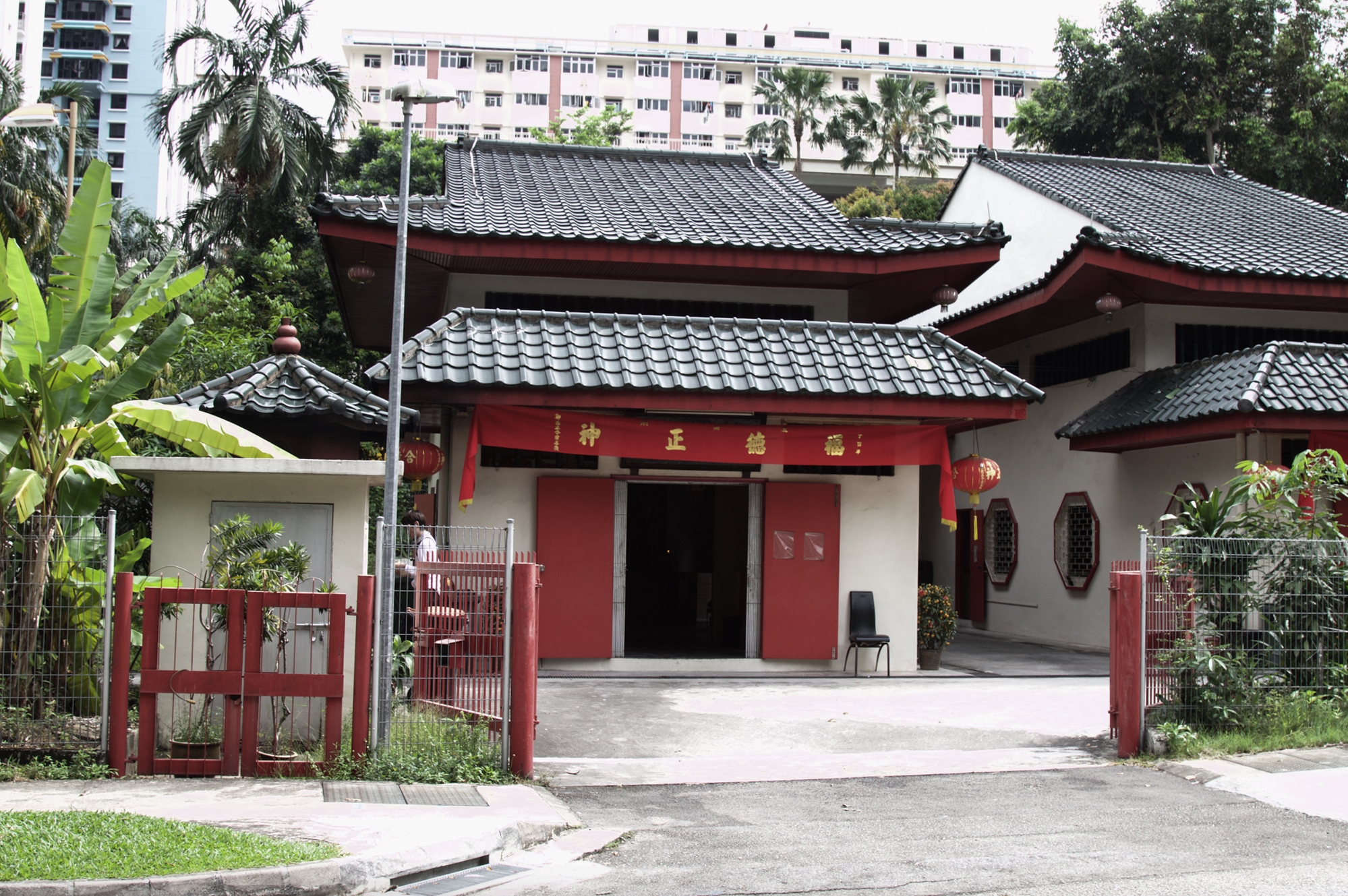
Talk about temples in Tiong Bahru and Qi Tian Gong Temple comes up immediately; ask old-timers and you might hear of the lesser known Kim Lan temple.
Founded by Chinese revolutionaries, the 187-year-old temple was originally in Tanjong Pagar before shifting to Kim Tian Road in 1988.
It was founded as Kim Lan Hui, an anti-Manchu society that preceded secret society Hong Men Hui -- which was headed by Dr Sun Yat-Sen and spawned most of the gangs that still exist in Singapore today.
Obviously, it’s now a place of sanctity, housing deities like the Tua Pek Kong.
7. A host of dying trades well worth your money
In this age of fast fashion and rampant outsourcing where things are not fixed anymore, decades-old businesses in Tiong Bahru are coming under threat.
Operating from her home, 30-year resident Alice Wong of Moh Guan Terrace uses her window as the storefront, advertising shoe and bag repair services with handwritten signs.
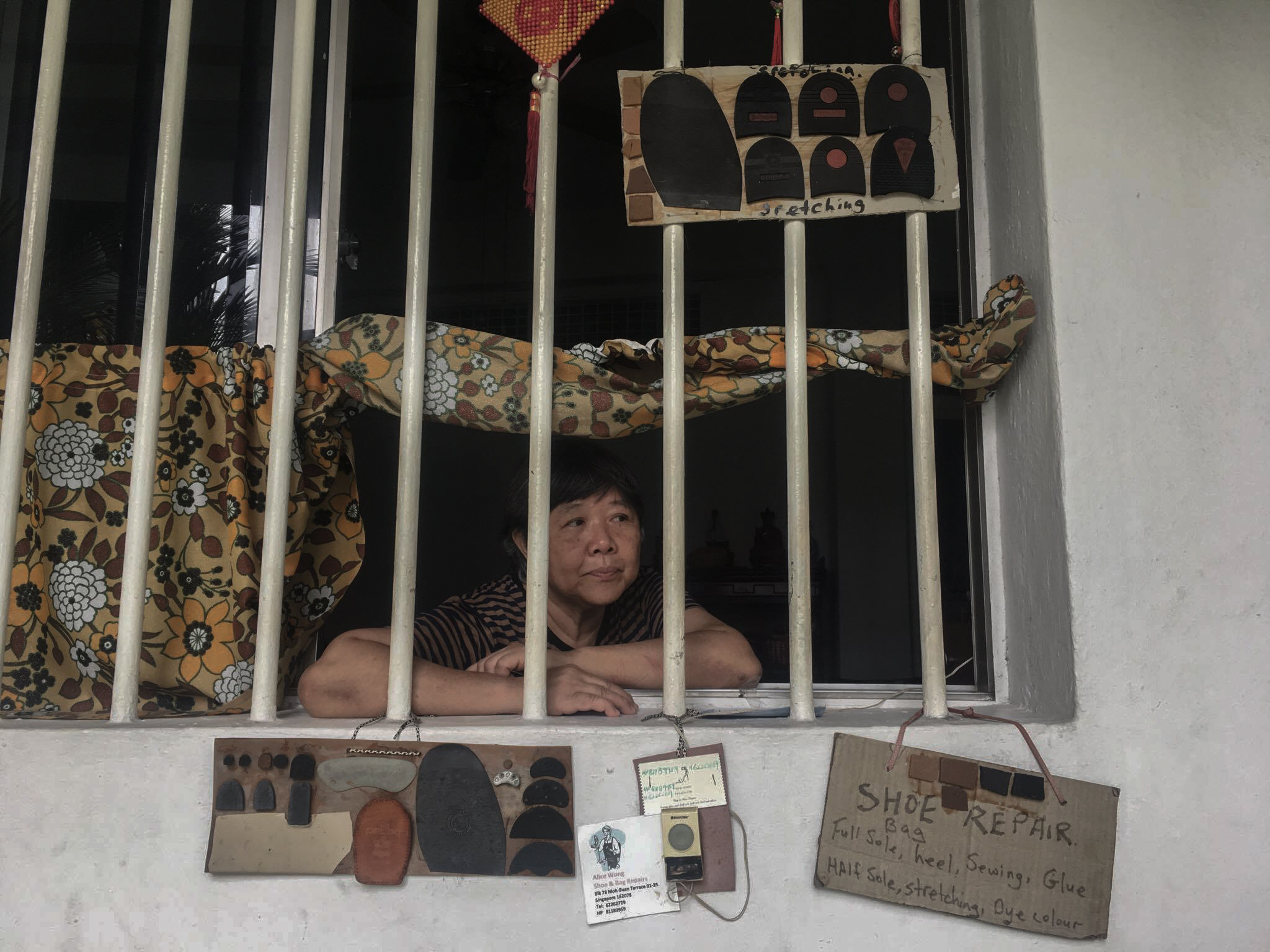
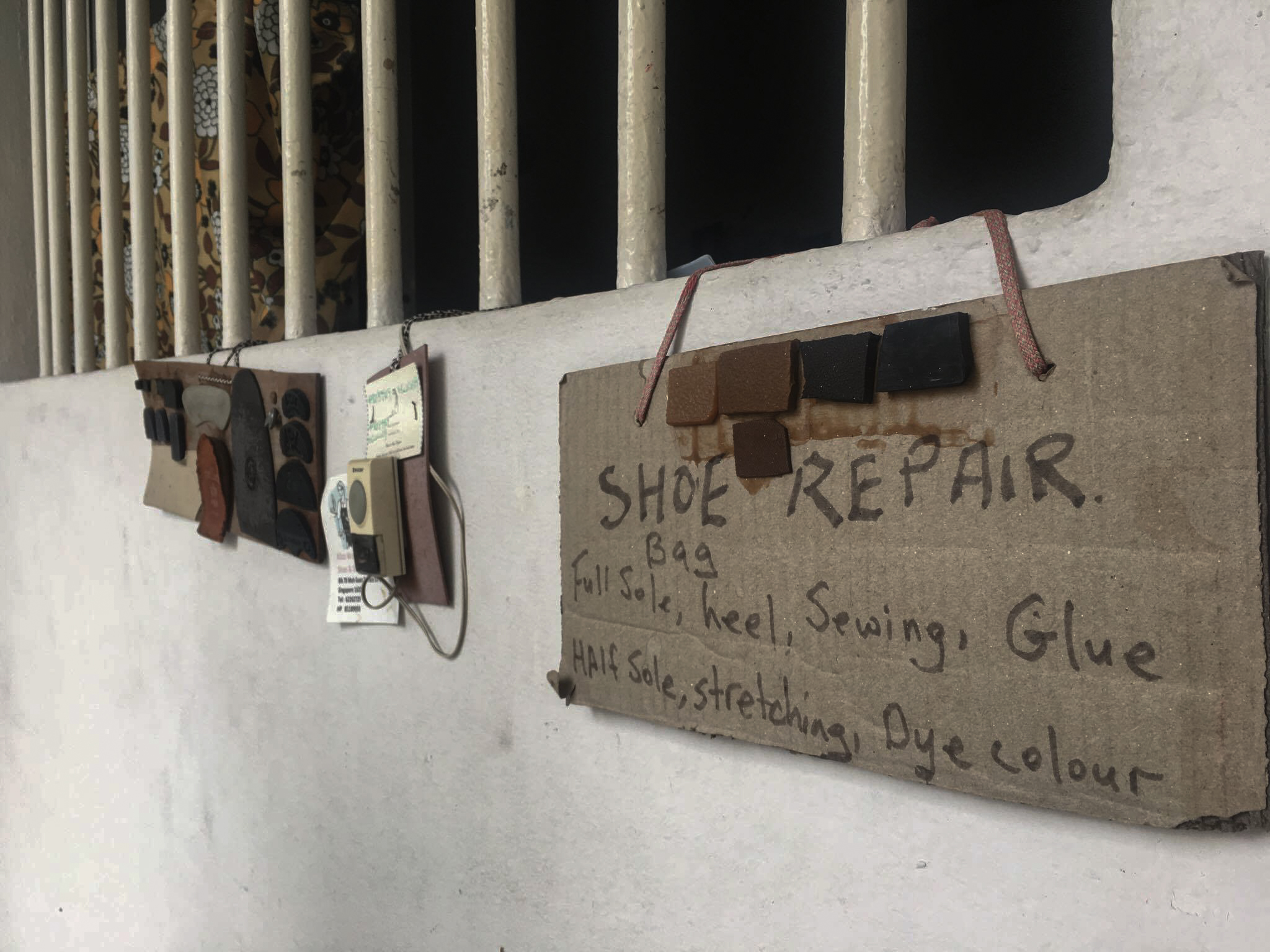
Another dying trade to patronise is Yong Huat Upholstery on 60 Seng Poh Lane.
A 48-year business (and arguably the oldest in Tiong Bahru), any longtime resident would know about this treasure, which handles anything from single chairs to bulk orders.
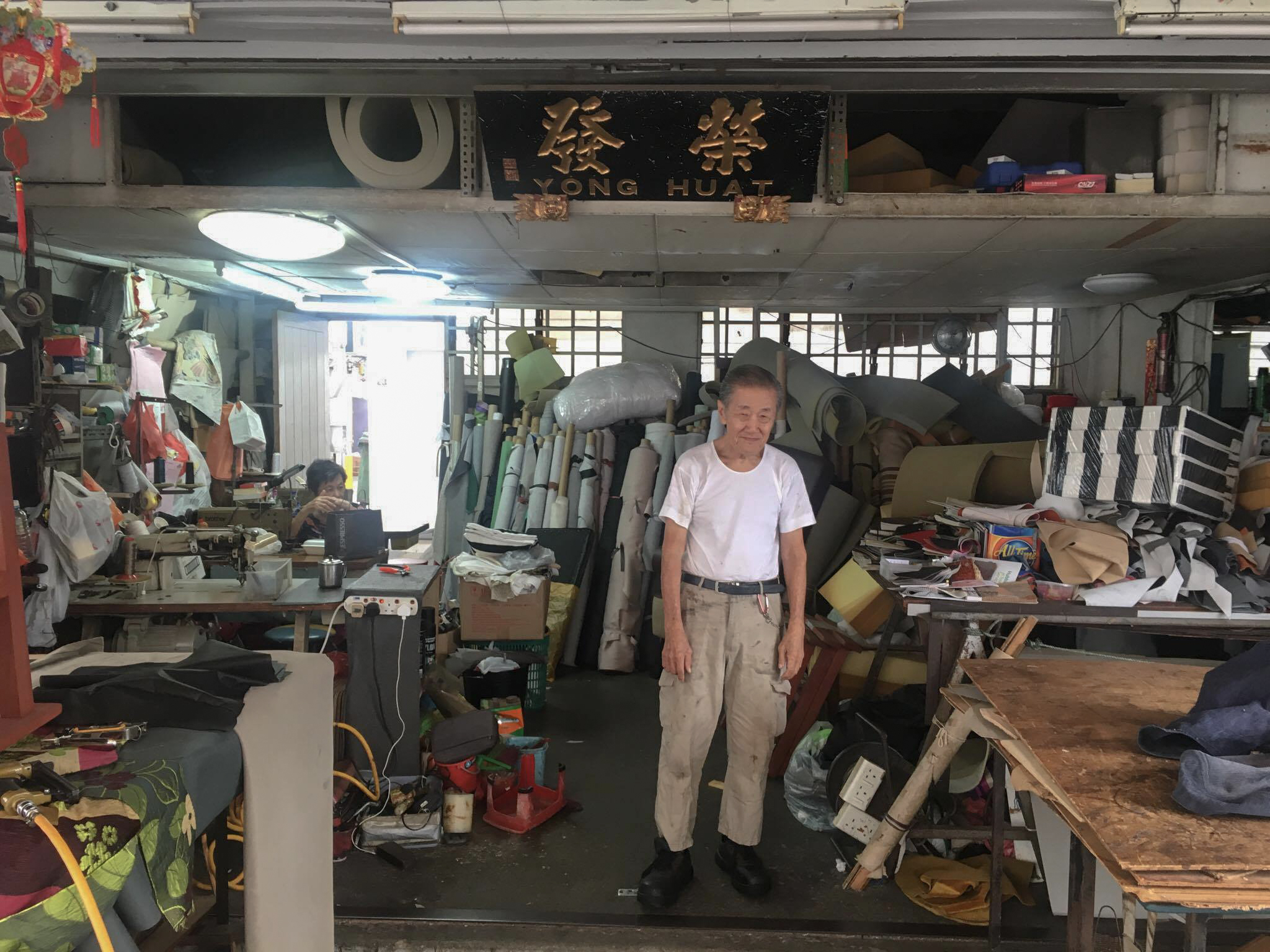
Young people no longer have the habit of fixing items, and these businesses are bearing the brunt of this shift -- which is why you should visit these modest Tiong Bahru veterans, asap.
-------
Interested in this #TiongBahruLang Heritage Trail? Download the map here.
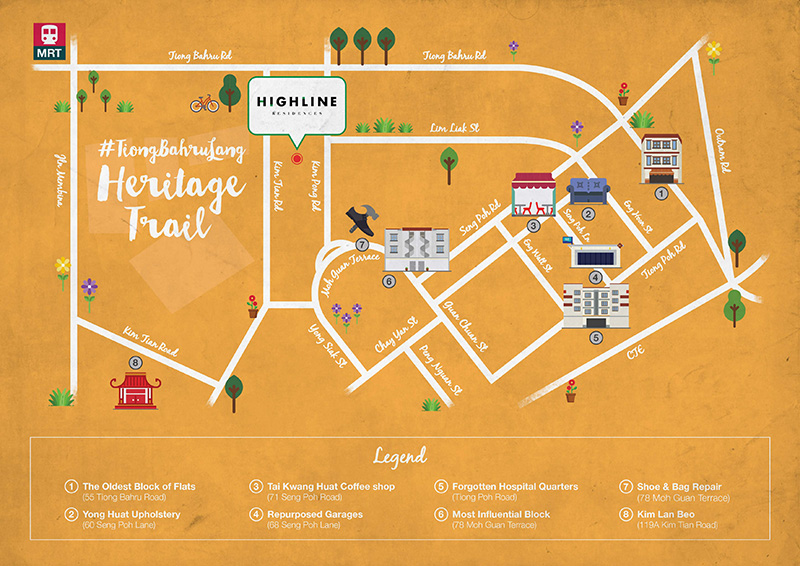 Source
Source
Guided tour of this trail will be available on Saturday, 20 May and Sunday, 28 May at 2.00pm. Sign up here.
UPDATE
Due to overwhelming response, all #TiongBahruLang Heritage Trail slots for 20 and 28 May 2017 have been filled up.
Free kopi!
Present this map for a complimentary cup of coffee or tea at the Highline Residences sales gallery, till 30 June 2017 (open 10am to 6pm daily).
Elements of this #TiongBahruLang Heritage Trail were suggested by Tiong Bahru insiders, Mr Tay Meow Quee, Mdm Leong Seet Har and Mr Ong Eng Bok (whose stories you should check out).
This sponsored post is brought to you by Highline Residences and helps Mothership writers afford more kopi and dream of a place to stay in Tiong Bahru.
If you like what you read, follow us on Facebook, Instagram, Twitter and Telegram to get the latest updates.
